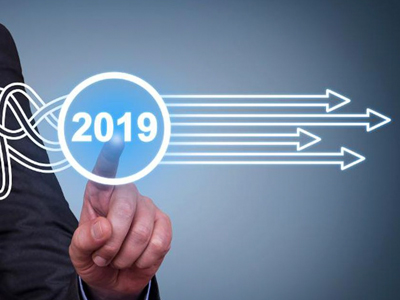It’s drawing close to the end of the year. Time is running out to get your disaster recovery (DR) strategy updated to keep you safe in 2019. Here’s what you need to do:
1. Update your disaster recovery plan.
Given how rapidly technology changes, if you haven’t reviewed your DR plan this year, it’s likely to be out of date. Plans need to be updated to make sure they cover any new hardware and new applications introduced this year, remove any systems that were retired, and account for any personnel changes.
2. Test your disaster recovery plan.
No projects ever go as planned, and DR is a project in itself. The wrong time to find problems in the plan is in the midst of a crisis, so it’s important to run an annual DR test. If you haven’t done one this year, you probably shouldn’t squeeze it into the holiday period when no one is focused on work, but get it on the calendar for early next year.
3. Rethink your disaster recovery strategy.
This is the most important point to remember: Even if you’ve tested your DR plan and everything looks okay, it’s a good idea to think about how you can make your DR plan easier and faster. With business more and more dependent on data and applications for even the most basic functions, recovery time objectives and recovery point objectives are continually tightening.
Take a look at the latest cloud backup solutions and Disaster Recovery as a Service offerings to see whether they can enable DR to meet those objectives. Failing over to the cloud means you don’t need to maintain your own expensive secondary site and can make recovery faster, too.
Look for ways to recover faster within your data center through hyperconverged infrastructure that has built-in high availability, and consider adding snapshots to your backup strategy to get a boost in recovery speed.
It’s also important to recognize that disaster recovery today isn’t just about coping with outages due to device failures, network failures, and natural disasters; DR needs to be able to respond to ransomware and other malware threats that can lead to corrupt data. If your security and disaster recovery teams don’t talk to each other, make sure you change that in the new year. Add your data protection team into the conversation, too.
Another point: don’t ignore your Software as a Service systems. While it’s true the SaaS vendor will backup the data to ensure DR for that service, they probably don’t keep historical versions of your data around for very long. Because you may need to recover older data to meet legal requirements or for other purposes, consider developing an approach to backup and restore that data as well.
dcVAST offers comprehensive services that support multiple backup and disaster recovery solutions. Contact us to learn how to upgrade your disaster recovery plan for the new year.



